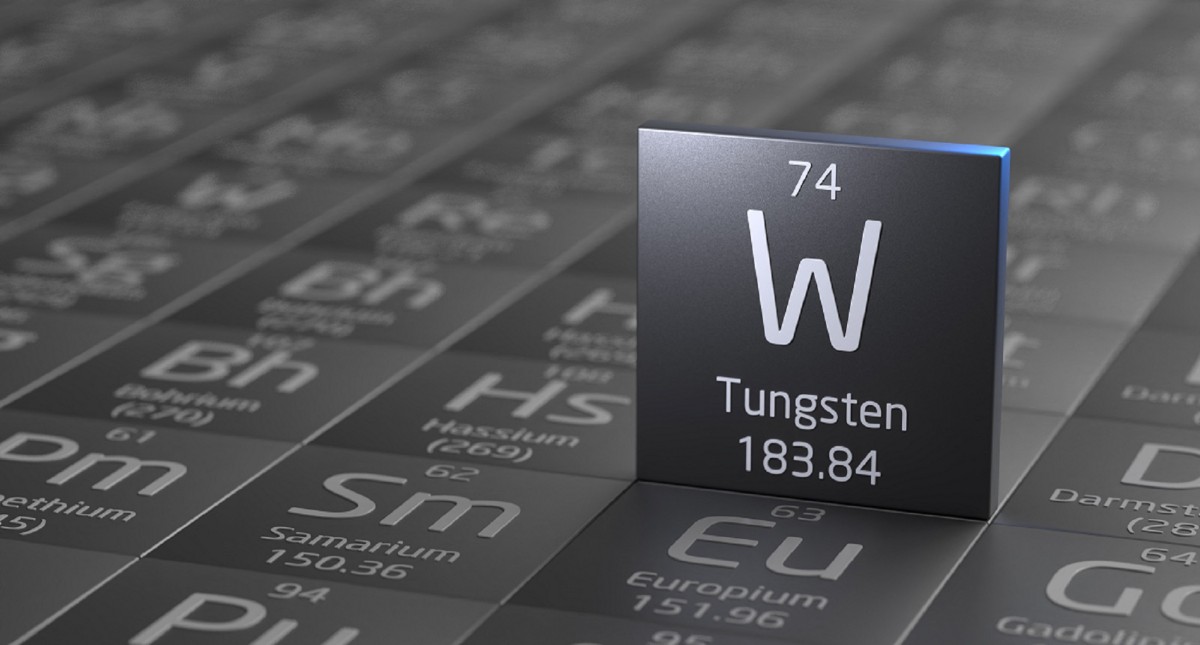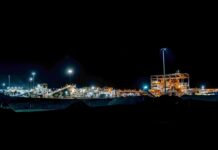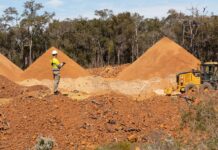Ore sorting trials demonstrate significant potential at Dolphin

Positive ore sorting trials have shown potential to improve output from Group 6 Metals’ (ASX: G6M) Dolphin tungsten mine in Tasmania.
Trails were conducted in April by HP Sorting Technology and focused on evaluating the potential of ore sorting technology to enhance the processing of low-grade and high-grade ore from Dolphin.
The low-grade ore sample weighed 595.5kg and had an average grade of 0.22% tungsten oxide, and 66.05% of the material was classified as waste rock as it contained 0.02% tungsten oxide or less.
The high-grade ore sample 609.5kg and had an average grade pf 0.61% tungsten oxide. In this sample, 55.3% was classified as waste rock as it contained 0.093% of tungsten oxide or less.
Group 6 Metals managing director and chief executive Keith McKnight says the company is excited by the results.
“As higher-grade ore from the open pit is prioritised as feed to the process plant, lower grade ore is being stockpiled for blending with the high-grade underground ore,” he said.
“As the ore sorting trials are indicating, there may be a significant opportunity to sort this ore which would bring it forward in the production plan.”
While further testing is required, these results indicate that ore sorting can significantly increase the grade of the processed material while achieving high recoveries.
The trials also demonstrated that ore sorting has the potential to increase tungsten head grade, reduce milling and processing costs, improve metal recovery and reduce environmental impact.
Group 6 Metals is now in discussions with HPY to undertake further testing, with a preference for on-site trials in Q4 2024.






















